Why the PPS-43 did not replaced the PPSH-41?
- Владислав Шелковенко
- Jun 18
- 3 min read
During World War II, the Soviet Union developed and employed several types of submachine guns, the most prominent being the PPSh-41 (Pistolet-Pulemyot Shpagina) and the later PPS (Pistolet-Pulemyot Sudaeva). Both weapons played vital roles in the Red Army’s arsenal, but despite the PPS being a more modern and efficient design, it never fully replaced the PPSh. This short article explores the main reasons why the PPS did not supersede the PPSh, considering technical, logistical, and political factors.
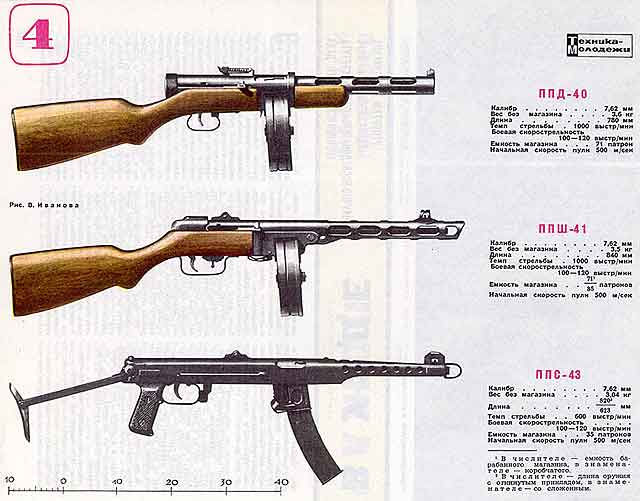
The Origins and Strengths of the PPSh-41
The PPSh-41 was introduced in 1941 as a response to the need for a reliable and easily mass-produced submachine gun. Designed by Georgy Shpagin, it replaced the earlier and more complex PPD-40. The PPSh-41 featured a simple blowback action and was chambered in the 7.62×25mm Tokarev cartridge. It quickly became popular among Soviet troops due to its high rate of fire (up to 900 rounds per minute), large drum magazine capacity (71 rounds), and effectiveness in close-quarters combat.
Its production process was also revolutionary. The PPSh-41 was constructed using stamped metal parts, which made it quicker and cheaper to produce. Soviet factories could manufacture large numbers of PPSh-41 units under wartime conditions with minimal machining. By the end of the war, over 6 million units had been produced.
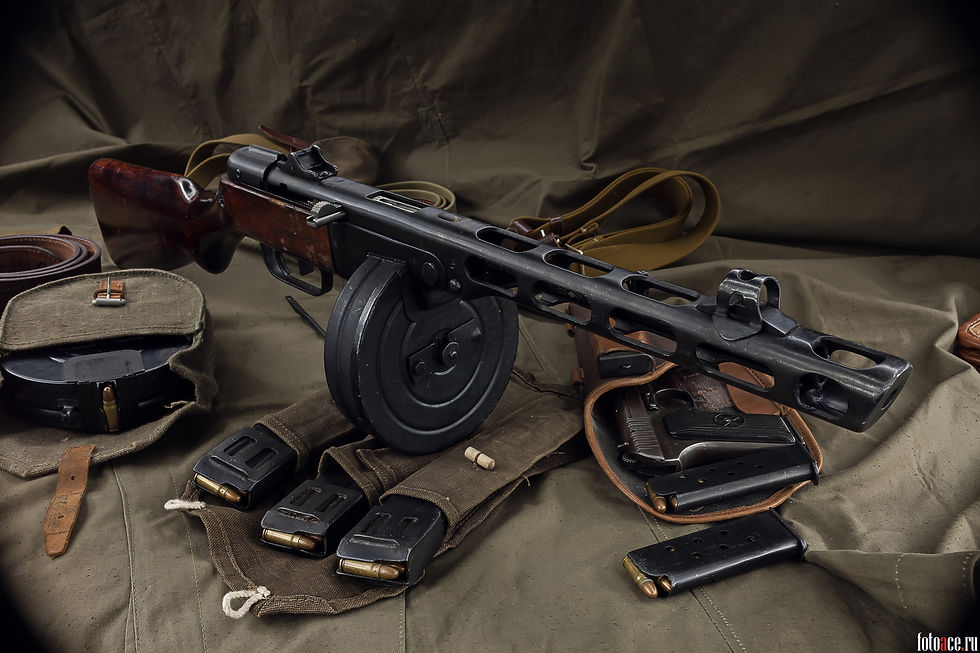
The Introduction of the PPS and Its Advantages
The PPS was developed by Alexey Sudaev and introduced in 1943. It was even more compact, lighter, and cheaper to manufacture than the PPSh. The PPS-43, the most common version, used significantly fewer raw materials and required less time to assemble. It retained the same 7.62×25mm Tokarev cartridge and had a more controlled rate of fire (around 600–700 rounds per minute), which improved accuracy and reduced recoil. Its design was highly praised for being durable, simple, and effective in the field.
From a purely technical and production standpoint, the PPS seemed like a logical successor to the PPSh. It addressed many of the drawbacks of its predecessor and was ideal for rapid wartime manufacturing and frontline deployment.
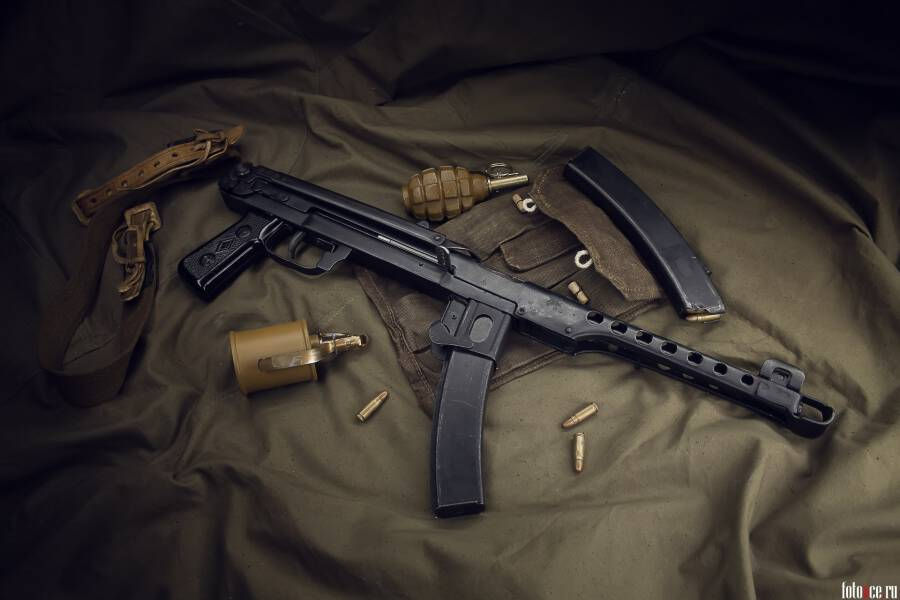
Why the PPS Did Not Fully Replace the PPSh
Despite these advantages, the PPS never completely replaced the PPSh. One major reason was the sheer scale of PPSh production. By the time the PPS-43 was introduced, millions of PPSh-41s were already in circulation. Replacing them entirely with a new model during a total war was impractical and unnecessary. Soviet military doctrine prioritized quantity and reliability, and the PPSh was already fulfilling these needs effectively.
Logistics also played a role. The Soviet Union’s wartime supply chains were under immense pressure. Introducing a new standard weapon would have required retraining troops, adjusting supply chains, and retooling factories. These steps would have taken valuable time and resources away from other critical war efforts. Instead, the Red Army continued producing and using both submachine guns in parallel.
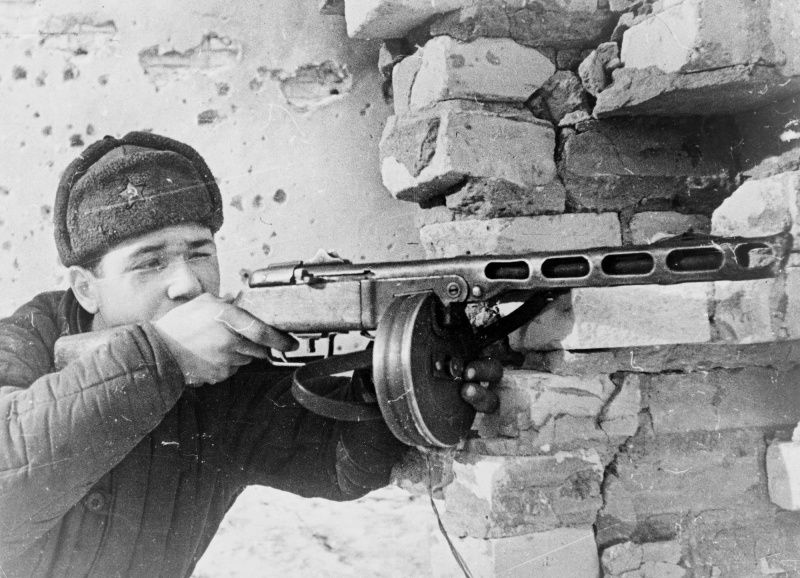
Political and Institutional Factors
Institutional inertia and political considerations also contributed to the PPSh's dominance. The PPSh-41 had already proven itself in battle and had become a symbol of Soviet infantry power. Commanders and soldiers were familiar with it and trusted its reliability. The Soviet leadership may have been reluctant to switch to a new model entirely during such a critical period, preferring a gradual integration of the PPS rather than a complete overhaul.
Additionally, Shpagin had established strong political connections and support within the Soviet arms industry and government. While Sudaev was respected, he lacked the same influence. This likely played a role in how production priorities were set and maintained.

Postwar Transition and Legacy
After World War II, the Soviet Union began transitioning to new infantry weapons, most notably the AK-47. By that time, both the PPSh and PPS were becoming obsolete. Although the PPS-43 continued to see use in various Warsaw Pact and allied nations, the Red Army shifted its focus toward assault rifles, which offered greater range, power, and versatility than submachine guns.
Nevertheless, the PPSh remained in service in many countries for decades. Its iconic status, battlefield record, and massive production numbers ensured its place in military history.

Conclusion
The PPS was, in many ways, a superior weapon to the PPSh. It was lighter, more efficient, and easier to manufacture. However, the realities of wartime production, logistical limitations, and institutional conservatism meant that the PPSh continued to dominate Soviet submachine gun deployment until the end of the war. Ultimately, both weapons served their purpose well and contributed significantly to the Red Army’s success.
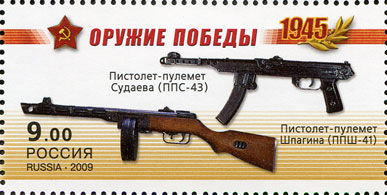



Comments